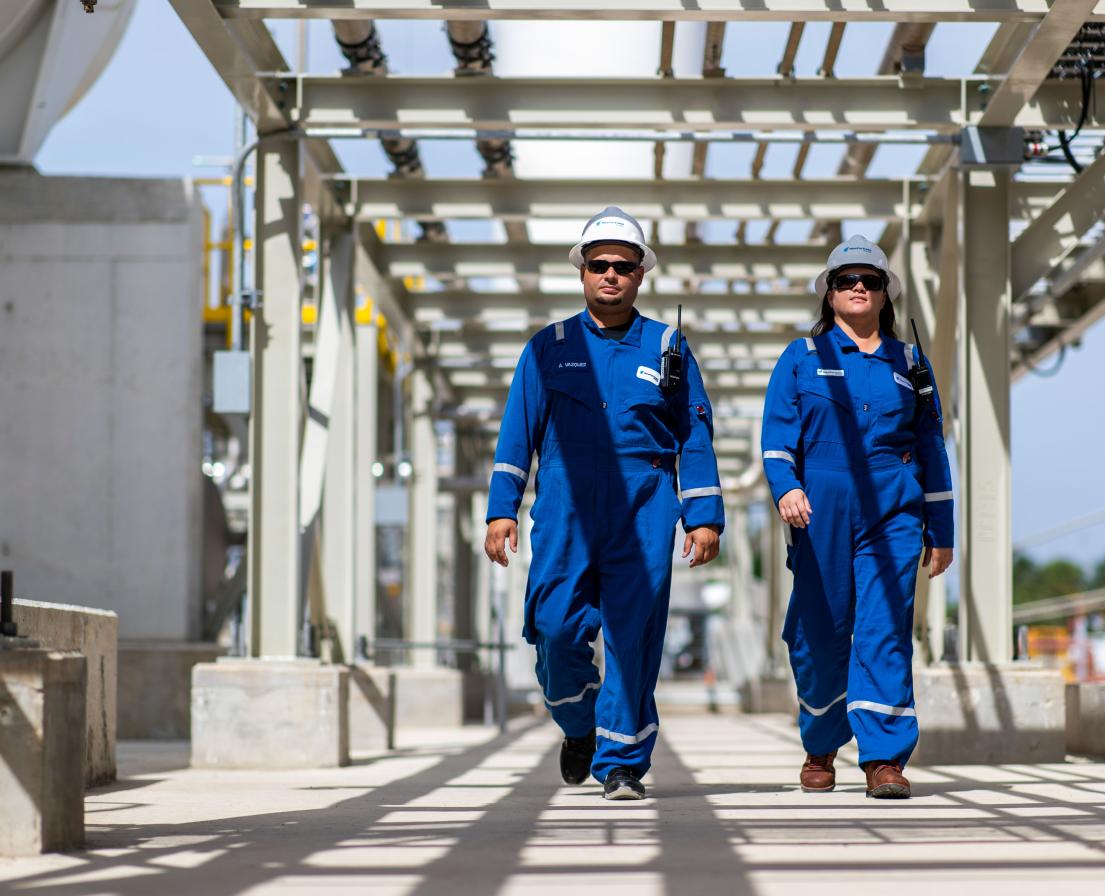Low-carbon heat solutions for heavy industry: sources, options, and costs today
Columbia SIPA Center on Global Energy Policy
By: Dr. Julio Friedmann, Zhiyuan Fan and Ke Tang
October 7, 2019
HYDROGEN
In the news
Recent studies indicate there is an urgent need to dramatically reduce the greenhouse gas emissions from heavy industrial applications (including cement, steel, petrochemicals, glass and ceramics, and refining). Heavy industry produces roughly 22 percent of global CO₂ emissions. Of these, roughly 40 percent (about 10 percent of total emissions) is the direct consequence of combustion to produce high-quality heat, almost entirely from the combustion of fossil fuels. This is chiefly because these fuels are relatively cheap, are widely available in large volumes, and produce high-temperature heat in great amounts.
To explore the topic of industrial heat decarbonization, the authors undertook an initial review of all options to supply high temperature, high flux, and high volume heat for a subset of major industrial applications: cement manufacturing, primary iron and steel production, methanol and ammonia synthesis, and glassmaking.
From the initial comprehensive set of potential heat supply options, the authors selected a subset of high relevance and common consideration:
- Biomass and biofuel combustion
- Hydrogen combustion (including hydrogen produced from natural gas with 89 percent carbon capture (blue hydrogen) and hydrogen produced from electrolysis of water using renewable power (green hydrogen)
- Electrical heating (including electrical resistance heating and radiative heating (e.g., microwaves)
- Nuclear heat production (including conventional and advanced systems)
- The application of post-combustion carbon capture, use, and storage (CCUS) to industrial heat supply and to the entire facility, as a basis for comparison
